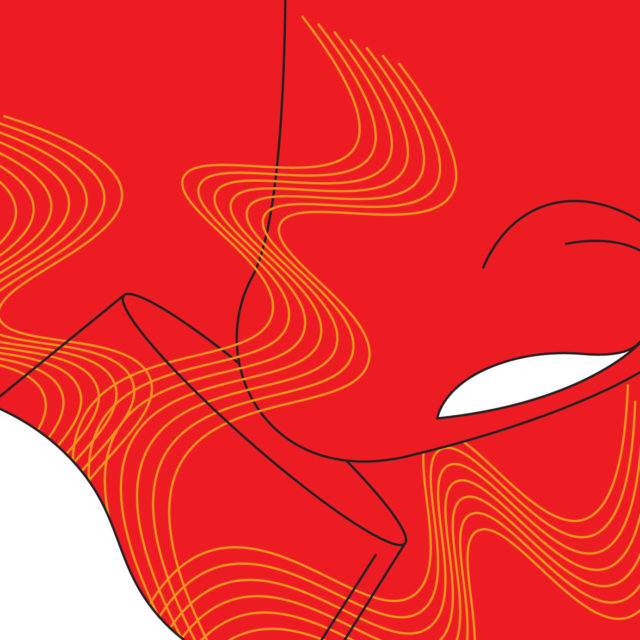The transformation of grape juice into wine is fairly miraculous. With zero additives other than yeast, wine develops a stunning array of flavors and aromas, almost all of which aren’t present in the pre-fermented liquid.
When analyzing wines, professionals split flavors and aromas into three different categories: primary, secondary, and tertiary. Each originates from different sources, and not all wines express all three categories.
“Primary flavors and aromas arise from the varietal and natural factors in the vineyard,” Dave Rudman, executive director for Wine and Spirits Education Trust (WSET) Americas, tells VinePair.
“For example, a Burgundy at release might express primary aromas and flavors of tart strawberry and red cherry, reflecting the varietal character of Pinot Noir from a cool climate,” he explains.
In the official WSET tasting grid, aromas and flavors are broken down into different clusters, and then further into individual descriptors. Primary clusters include categories like “floral,” which contains the descriptors elderflower, rose, and violet, among others.
Fresh fruits, flowers, and herbs make up around 80 percent of the primary notes in the tasting grid, while the remaining descriptors are spices like white and black pepper, and “other” notes, such as flint or wet stones.
Human intervention during winemaking is responsible for secondary aromas and flavors. This includes techniques such as oak aging, malolactic fermentation (MLF), or a period of aging on lees (the dead yeast left over from alcoholic fermentation).
“If Burgundy was aged in oak casks, it might express [secondary] aromas and flavors of vanilla and clove,” Rudman explains. MLF adds notes of butter, cream, and/or cheese, while lees notes include those we associate with Champagne, such as toasted brioche and bread dough. If human intervention is minimal, a wine might not display any secondary aromas and flavors at all.
Tertiary aromas and flavors arise from aging, almost always in the bottle. When tertiary notes are present, Rudman says, it’s usually at the expense of primary aromas and flavors. This doesn’t mean the wine is less expressive, it’s more an evolution of character. The berry notes from a young red wine develop into dried fruits and things like prunes and sultanas.
Bottle age also develops interesting new notes in wines. “[These] may appear over time as nuttiness, smoke, or honey in whites, and as leather, tobacco, or forest floor in reds,” he says.
Some wines, such as Rioja Réserva and Chianti Classico Riserva, are intentionally held by wineries to gain bottle age before their release. By the time consumers open them, these wines have already begun the “journey from primary to tertiary flavors,” Rudman says.
Being able to distinguish between primary, secondary, and tertiary aromas is an essential tool for industry professionals sitting on large inventories. “Doing so helps to assess the potential age-ability of a wine, as well as its current state of maturity,” Rudman says. Crucially, this information helps to prevent wines from being left too long in the cellar and passing their prime. For enthusiasts, it’s just another way of appreciating the scientific miracle of wine.
